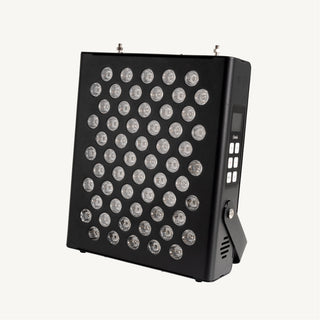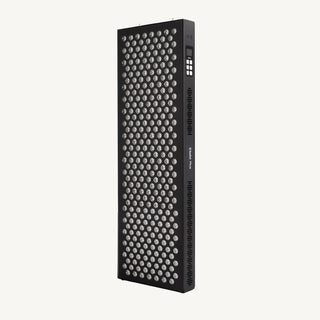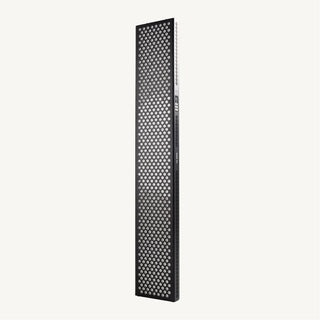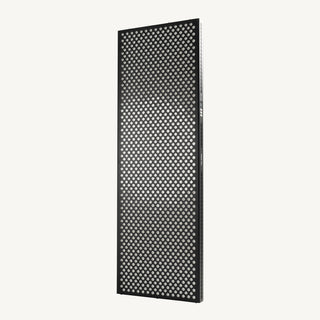What is Red Light?
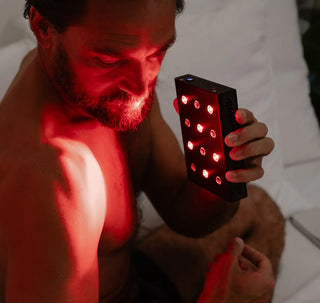
Red light can be seen as nutrition for the body. The body especially needs light at certain wavelengths. Our bodies produce important elements from absorbing specific wavelengths of light. e.g. Vitamin D that our body creates when being in the sun.
Red light and near-infrared wavelengths enhance the production of important elements like Adenosine Triphosphate (ATP), which enhances energy in our cells and drives many processes in the body. Through using Red Light frequently we are able to artificially energise the cells in our body.

How Does Red Light Work?
During a red light session, photoreceptors within our skin called chromophores absorb red and near infrared light.
This light is converted into Adenosine Triphosphate (ATP) in our mitochondria. Think of the mitochondria as power plants of our body and ATP as fuel for our cells.
By converting red light and near infrared into ATP we are essentially able to increase the energy in our cells.





